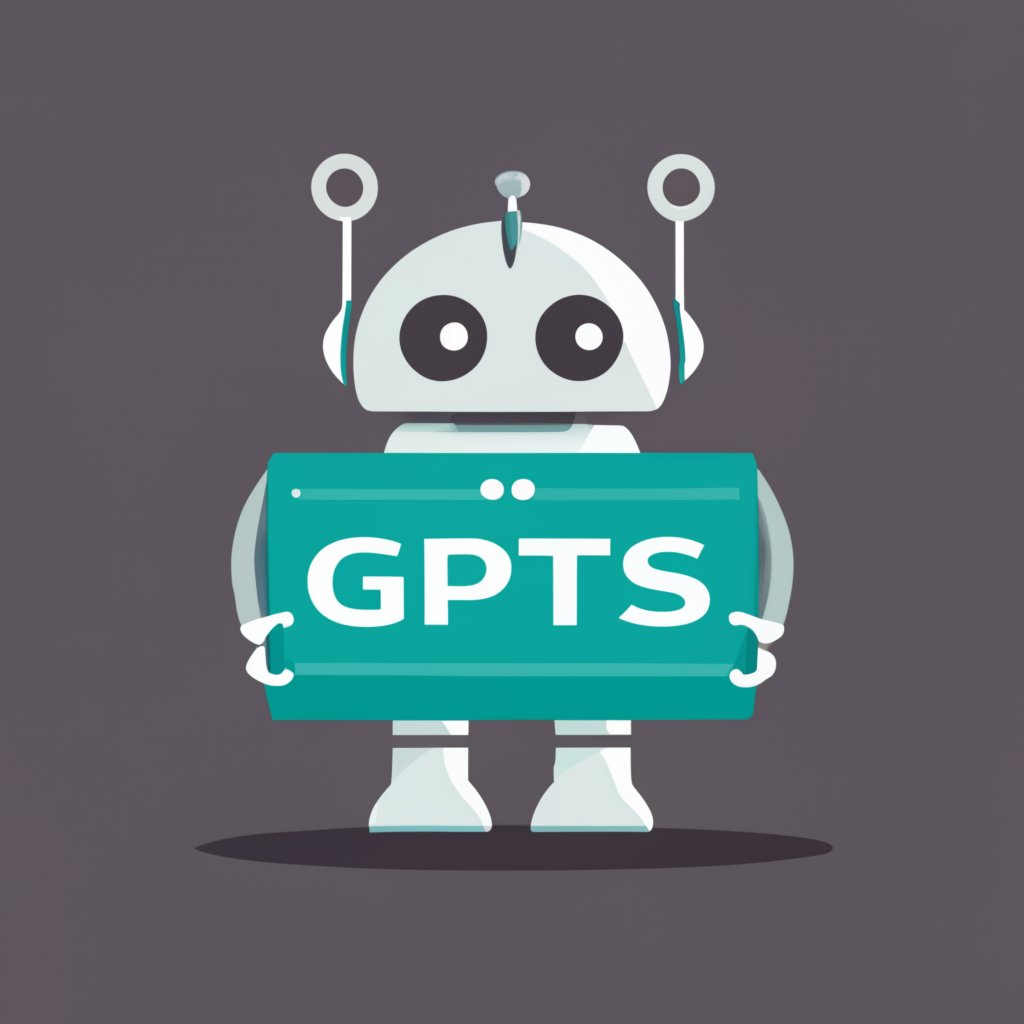
Vocabulary Guide - Comprehensive Vocabulary Enhancement

Hello! Ready to explore new words today?
Empowering Language Mastery with AI
Can you explain the meaning of the word
I'd like to know how to use the word
What are some example sentences for the word
Could you provide a detailed explanation of the word
Get Embed Code
Introduction to Vocabulary Guide
Vocabulary Guide is a specialized tool designed to enhance English vocabulary learning for both Japanese and English speakers. Its primary function is to provide detailed explanations of English words, encompassing meanings, usage in different contexts, and nuances. This guide excels in offering comprehensive information that goes beyond mere definitions, incorporating example sentences, references to real-world newspaper articles, and links for further exploration. The design purpose of Vocabulary Guide is to make vocabulary learning engaging, accessible, and enjoyable, tailoring content to suit both beginners and advanced learners. For instance, a user curious about the word 'cogitate' would receive an in-depth explanation, examples of its use in sentences, and references to its application in recent news articles, ensuring a thorough understanding of the word in various contexts. Powered by ChatGPT-4o。

Main Functions of Vocabulary Guide
Detailed Word Explanations
Example
For the word 'ambivalent', Vocabulary Guide would explain its meaning, provide examples of its use, and discuss its connotations, helping users grasp its complexity.
Scenario
A student writing an essay needs to understand and accurately use 'ambivalent' in a sentence that captures its nuances.
Contextual Usage and Nuances
Example
Explains the difference in usage of synonyms like 'slim' and 'thin' with examples, highlighting contexts where one is preferred over the other.
Scenario
An author seeks the right word choice for a character description to convey more than just physical appearance.
References to Real-world Applications
Example
Provides links to newspaper articles where the word 'innovate' is used, showing its application in various industries.
Scenario
A business professional wants to understand how 'innovate' is used in different sectors to enhance their business vocabulary.
Ideal Users of Vocabulary Guide Services
English Language Learners
Both beginners and advanced learners seeking to expand their vocabulary, understand word nuances, and learn contextual usage. They benefit from detailed explanations and real-world examples that enhance comprehension and usage.
Writers and Editors
Individuals looking for precise words to express ideas or emotions in their writing. They use the guide to explore synonyms, antonyms, and examples of how words are used in different contexts to refine their work.
Educators and Students
Teachers can incorporate this tool into their curriculum for vocabulary lessons, while students can use it to improve their understanding and usage of complex words, aiding in academic writing and comprehension.

Guidelines for Using Vocabulary Guide
1
Visit yeschat.ai for a free trial without login, also no need for ChatGPT Plus.
2
Select the Vocabulary Guide option from the service list to start enhancing your English vocabulary skills.
3
Input any English word or phrase to receive detailed explanations, including meanings, usage examples, and nuances.
4
Explore real-world examples by following links to newspaper articles where the word is featured.
5
Utilize the tool regularly to aid in language learning, creative writing, or academic research for optimal vocabulary development.
Try other advanced and practical GPTs
Magic Api Test
Transforming Words into Magic with AI

道子
Unlock Ancient Wisdom with Modern AI

Econ Enthusiast
Demystifying Economics with AI

エンジニアキャリアの専門家「ジョン啓一郎」
AI-Powered Career Strategist

Code Formatter Pro
Transforming code into clarity with AI

Convert GPT
Effortlessly Transform Files with AI-Powered Precision

Scruffy Mc Pirate Pants
Blending knowledge with emoji fun

SFDC Release Notes Expert Assistant
Unlock Salesforce updates with AI

ストラテジスト セージ
Empowering Decision-Making with AI

Mahabharata
Unlocking the Epic's Wisdom with AI

Whattoo
Discover, Enjoy, Experience - AI-Powered Recommendations

台灣住房指南
Navigate Taiwan's housing market with AI-powered insights.

Frequently Asked Questions about Vocabulary Guide
Can Vocabulary Guide help with understanding complex English phrases?
Absolutely. Vocabulary Guide provides detailed explanations and contextual usage for both simple words and complex phrases, aiding in deeper comprehension.
Is this tool suitable for non-native English speakers?
Yes, it's ideal for non-native speakers, offering clear explanations and examples to help grasp the nuances of English.
How does Vocabulary Guide enhance academic writing?
By providing precise word meanings and usage examples, it aids in choosing the right vocabulary for academic contexts, improving both clarity and sophistication.
Does the tool offer examples from contemporary sources?
Indeed, it links to recent newspaper articles, offering real-world examples of how words are used in current contexts.
Can Vocabulary Guide assist in creative writing?
Certainly, by offering a wide range of vocabulary options and usage examples, it can inspire more expressive and varied language in creative writing.
